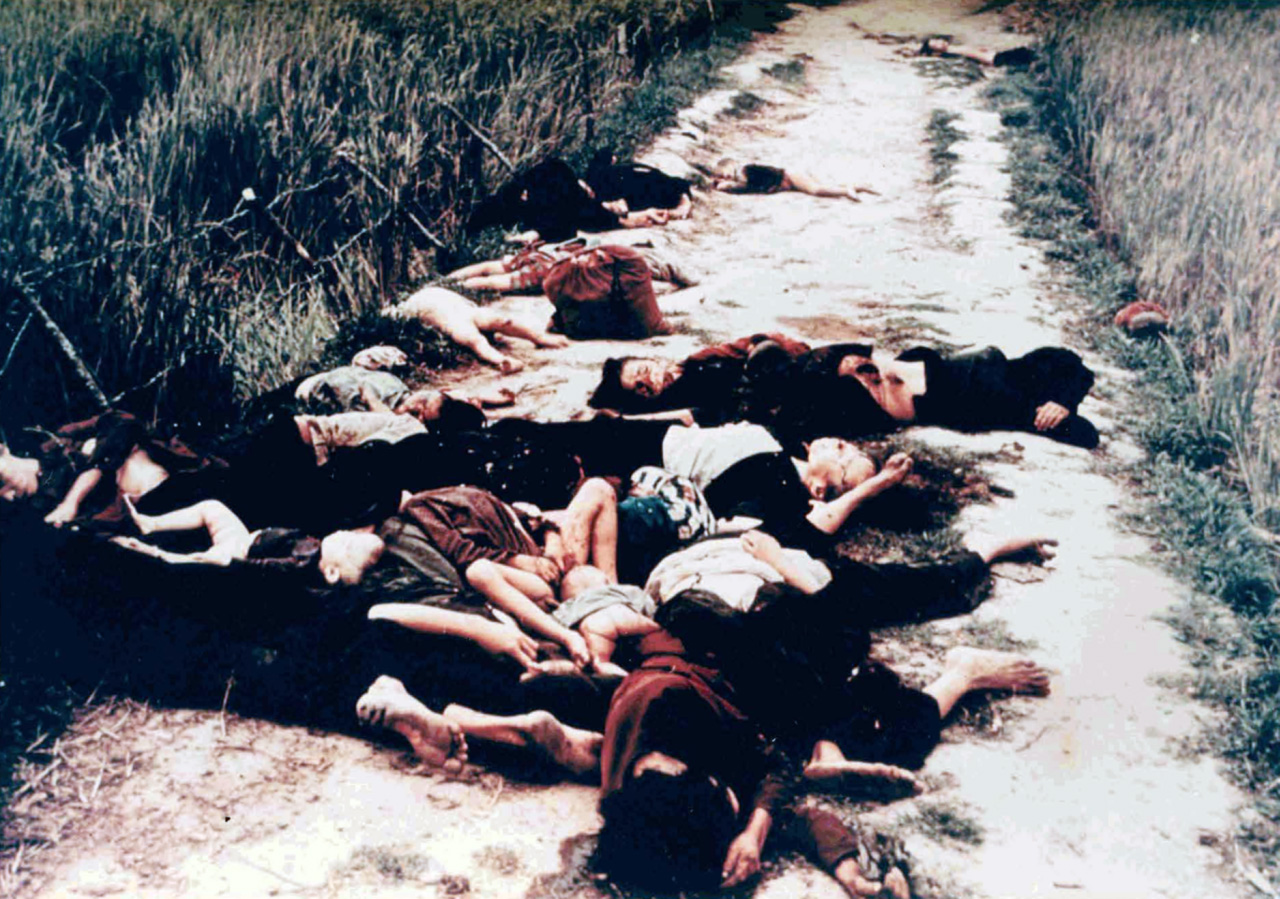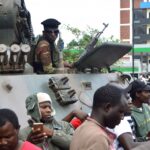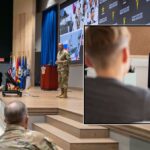
There is one thing for the event to occur; but the manner in which it was handled was more institutionally damning.
In a follow-up to his article published in WAR ROOM in June, Richard Lacquement sits down with WAR ROOM Editor-in-Chief Andrew A. Hill to go over the aftermath of My Lai as it continues to influence Army professionalism today. The atrocities highlighted significant institutional problems across the Army. For example, a damning 1970 U.S. Army War College study exposed numerous morale and careerism problems that contributed to an environment whereby more My Lai events were possible. How did the institution respond, shaping the meaning of the Army as a profession today?
Podcast: Download
Richard Lacquement is Dean of the School of Strategic Landpower at the U.S. Army War College. Andrew A. Hill is the WAR ROOM Editor-in-Chief. The views expressed in this presentation are those of the authors and do not necessarily reflect those of the U.S. Army War College, U.S. Army, or Department of Defense.
Photo: Unidentified Vietnamese bodies on a road.
Photo Credit: U.S. Army photo by Ronald Haeberle





We were a force for good in Vietnam, despite what various authors and media types have said to sell their books and movies/documentaries.
A few points to put many things in context.
The division was the 23rd (Americal), not the 25th.
79% of those in Vietnam had a high school diploma or higher.
Only 38% of those drafted served in Vietnam.
The Viet Cong had a well-deserved reputation for viciousness and it didn’t matter who you were – man, woman or child. They assassinated and kidnapped thousands of people. Just look at Hue. The NVA were often just as brutal, just look at the Rockpile.
My Lai was in the area where the VC ran rampant. This included a propaganda platoon which included a pair called Salt and Pepper, each carrying an AK-47 who roamed to the west of Chu Lai.
After Vietnam, there was an observable difference amongst junior officers, too. There was a big RIF and they had to fill spaces they were ill-equipped for.
There was also an effort to educate enlisted and junior officers alike in The Code of Conduct and, especially, about illegal orders – something that many had not heard before.
Bob,
Thanks for the correction and additional context. Yes, the US unit was from the 23rd (Americal) Division, not the 25th. I also do not see equivalence between US forces and the enemy–the viciousness and atrocities of the Viet Cong and NVA are extensive and in many cases systematic (like at Hue, as you note).
I also concur that the US is a force for good and part of that well-earned reputation comes from the sort of self-reflection and self-policing we employ to ensure that events like My Lai remain aberrations.